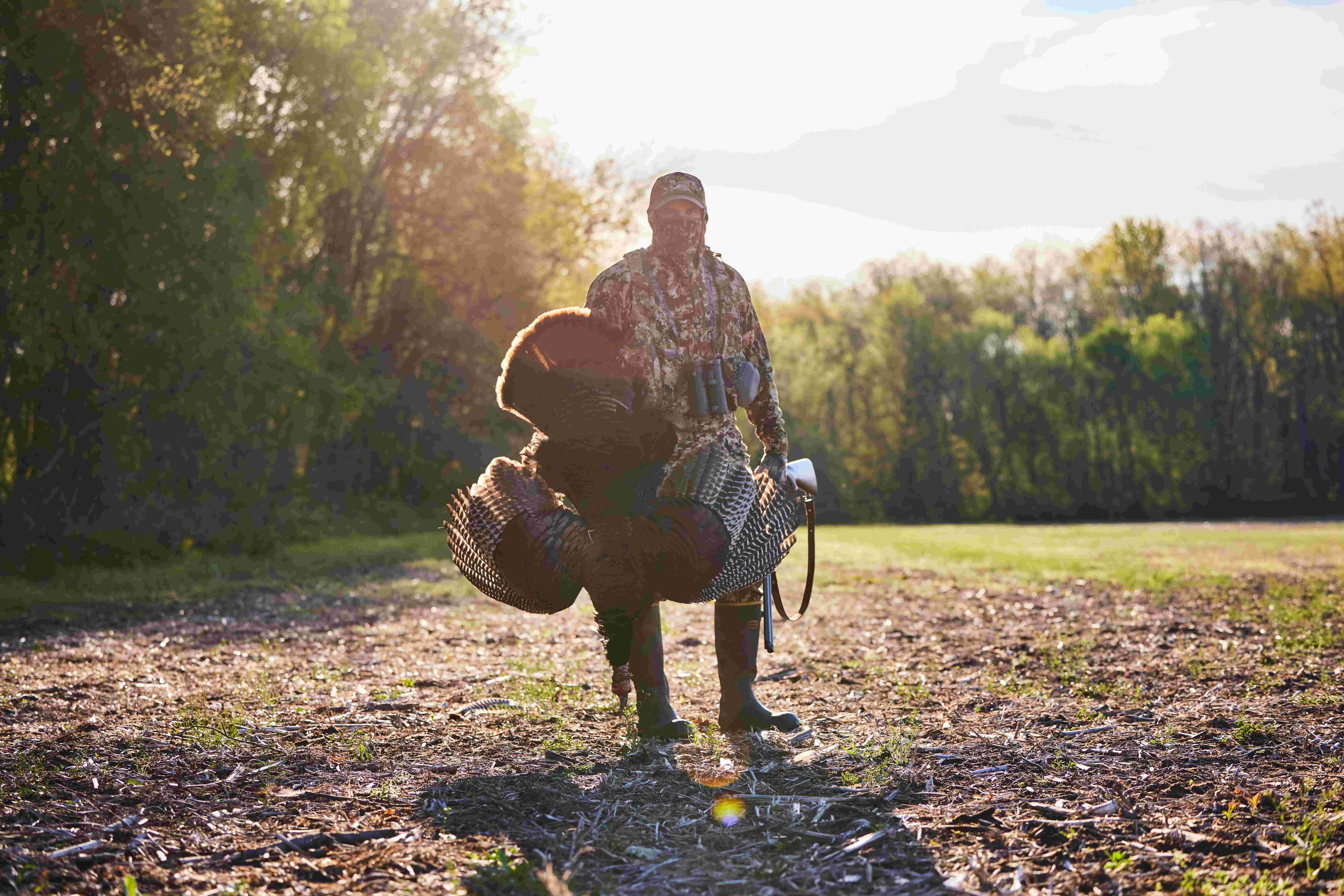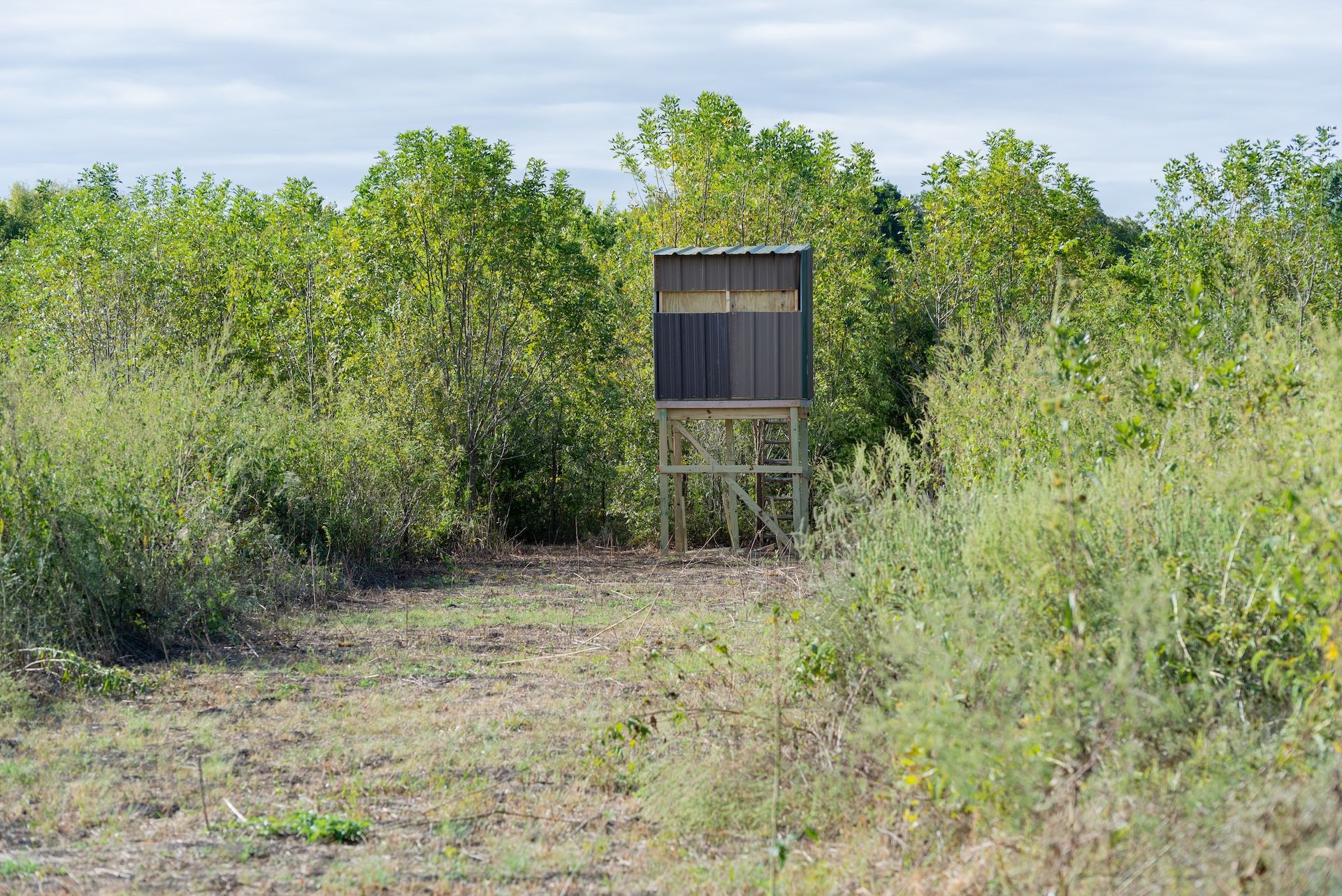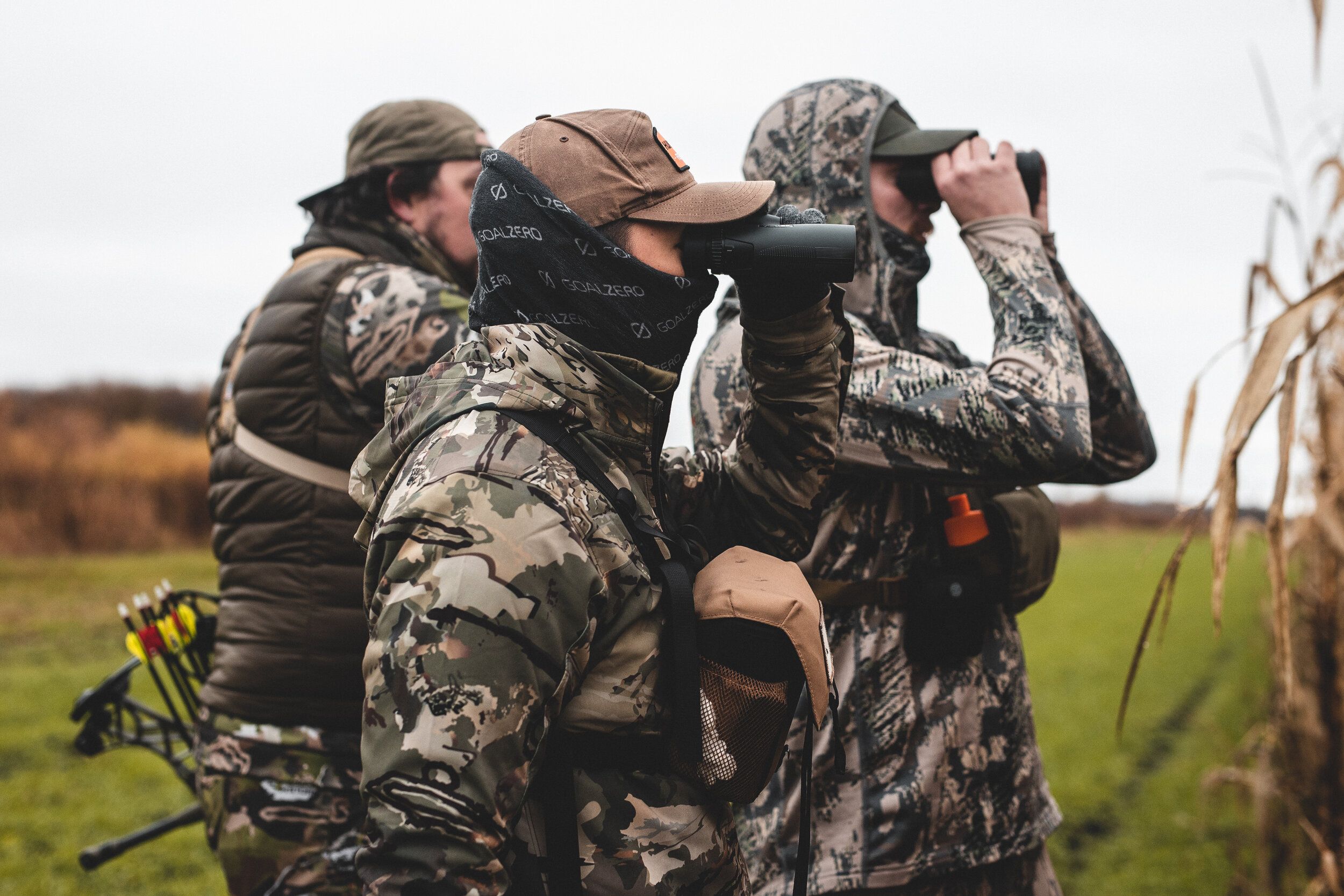Field Guide / Hunting Tips
How to Fire Up a Silent Spring Tom
Right before sunrise, gobblers get excited. They're very vocal on the roost and after fly down. It's like when the lights go out at a pro basketball game, the music begins to pump, and the announcer bellows the starting lineup to a hyped-up crowd.
Previous in Hunting Tips
More Content Like This

When Is NC Turkey Season?
North Carolina, a true turkey hunter's dream, boasts over 2 million acres of breathtaking public land. This diverse landscape, nurtured by a robust wildlife restoration program, sets the standard for thrilling hunts of big gobblers in the southeast. Read More
Read More10 Whitetail Facts Every Hunter Should Know
It's finally October, and you know what that means. HuntWise users: Deer season is now in full swing, and we couldn't be happier! Read More
Read More
How to Build a Ground Blind for Turkey or Deer Hunts
A large part of what makes hunting such an exciting and dynamic sport is the preparation, strategy, problem-solving, and DIY opportunities that all go into a successful hunt. From the countless hours at the range to pouring over mapping and weather i...Read More
Read More Hunting Tips
Hunting TipsWhen Is NC Turkey Season?
North Carolina, a true turkey hunter's dream, boasts over 2 million acres of breathtaking public land. This diverse landscape, nurtured by a robust wildlife restoration program, sets the standard for thrilling hunts of big gobblers in the southeast. Read More
Read More Hunting Tips
Hunting Tips10 Whitetail Facts Every Hunter Should Know
It's finally October, and you know what that means. HuntWise users: Deer season is now in full swing, and we couldn't be happier! Read More
Read More Hunting Tips
Hunting TipsHow to Build a Ground Blind for Turkey or Deer Hunts
A large part of what makes hunting such an exciting and dynamic sport is the preparation, strategy, problem-solving, and DIY opportunities that all go into a successful hunt. From the countless hours at the range to pouring over mapping and weather i...Read More
Read More
1 of 3